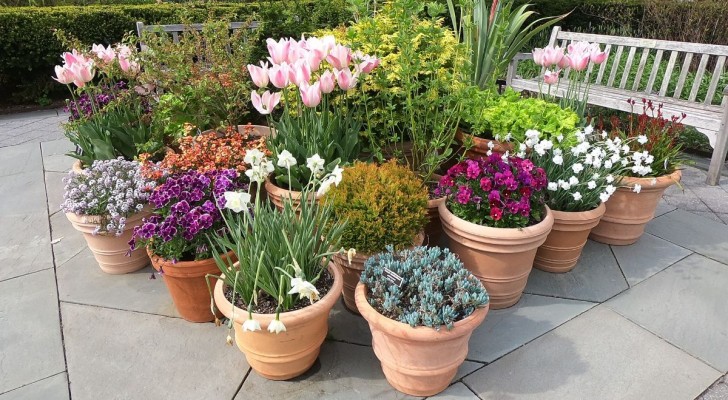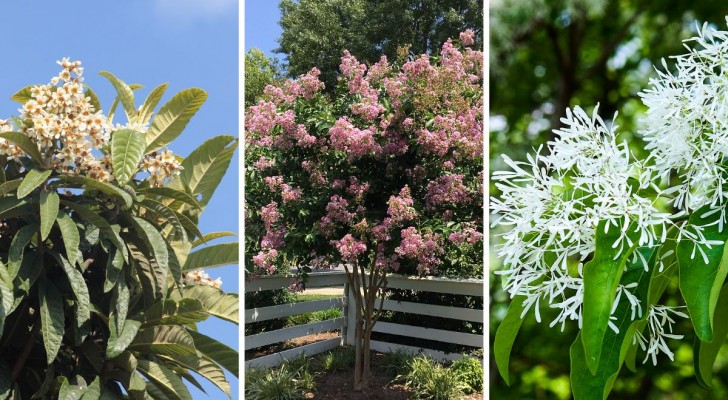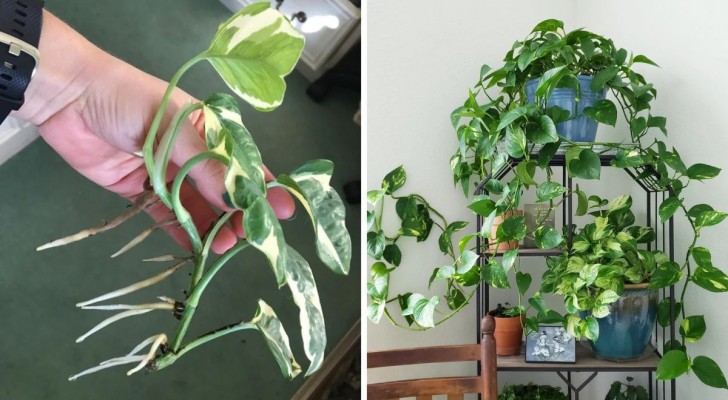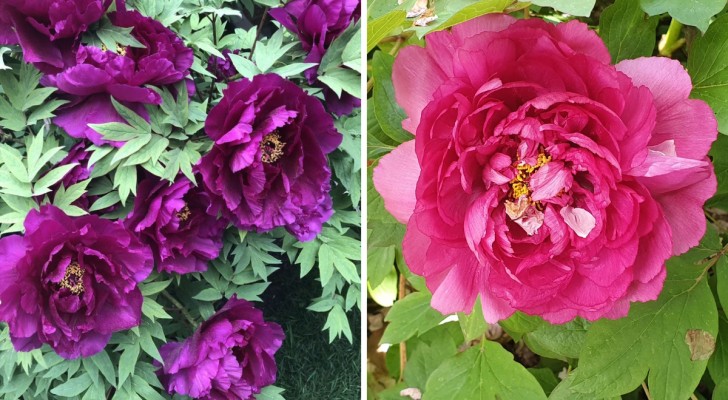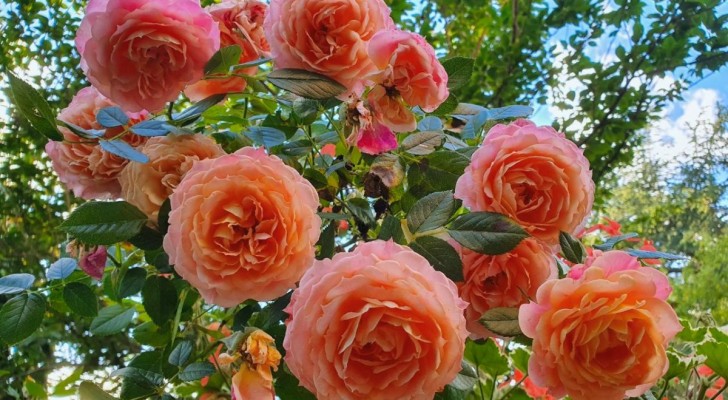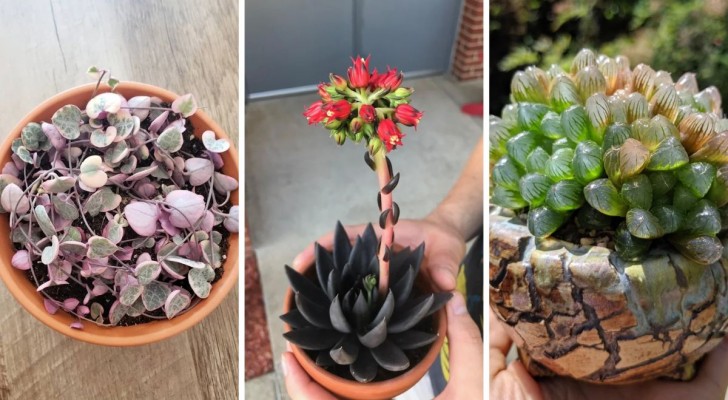Magnolia soulangeana: discovering the plant that heralds the spring
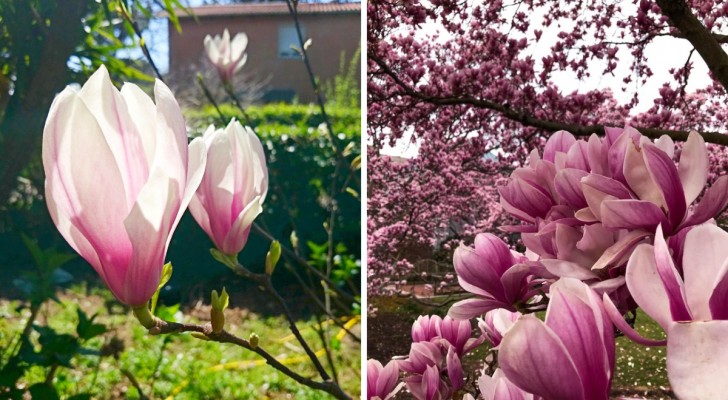
When we speak of magnolias, we generally refer generically to the m. grandiflora, a large tree with large white flowers and with an unmistakable scent. Often, however, another flower comes to mind - a cup-shaped one, shaded with pink and lilac: this is the m. soulangeana. It is a small tree or large shrub that flourishes in winter.
This species of magnolia was born from the hybridization, in the nineteenth century, of two Chinese varieties (magnolia liliflora and magnolia denudata): the resulting product is a tree of great ornamental value, which grows slowly, and, at the end of the winter, puts out showy, goblet-shaped flowers in shades ranging from purple to very pale pink to white. Find out more about this beautiful plant:
The significance of the magnolia flower
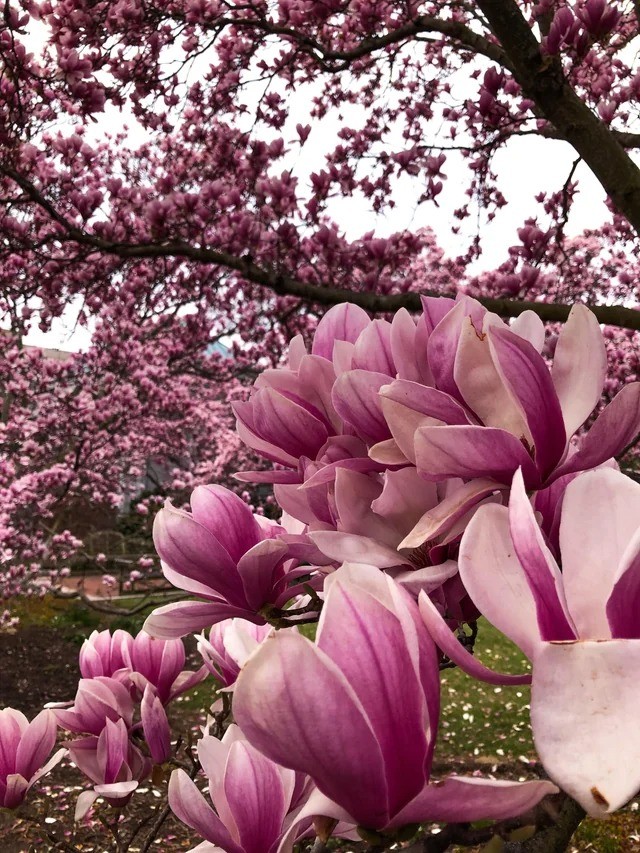
M. soulangeana is a robust plant and capable of adapting to many different climates, and in fact their flowers are treated as symbols for perseverance. Additionally, the flowers are used to represent eternity, a long life (the flowers bloom for about three weeks), and above all purity, nobility and dignity.
Caring for m. soulangeana
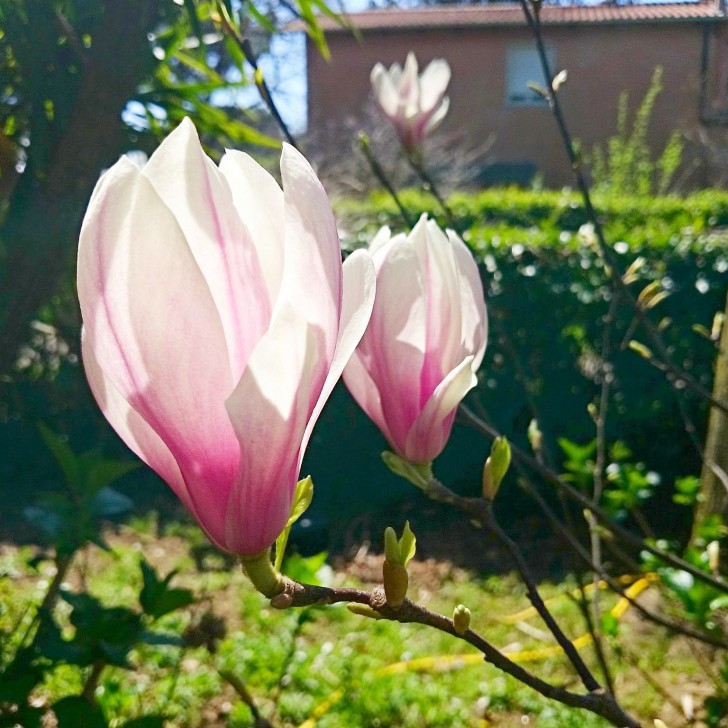
Creativo
- Exposure: they must be placed in illuminated areas, with space around them to grow and no plants that block the light nearby, but without being directly hit by the sun's rays - especially during the hot periods of the year. They also do not like cold drafts. Since they have a delicate root system, it is good to plant them immediately in the point of the garden where they will always be, without having to relocate them.
- Soil: they need a slightly acidic soil (although they tolerate a slightly alkaline one), with peat and well fertilized with manure before planting. There must be no water stagnation, but the soil should still be able to maintain humidity (as when it is mixed with peat).
- Irrigation: they need to be watered carefully in the first year. Especially in the warm months they can be watered a couple of times a week. In their third year, they become autonomous. It will be necessary to intervene only if the plant shows signs of suffering in periods of prolonged drought.
- Pruning: they should never be pruned, as each cut takes a long time to heal, and when you overdo it with pruning, especially if young, they can die. When they are small, they may need braces to prevent the trunk from bending or breaking due to gusts of wind.
Would you like to be able to admire this plant in your garden?
